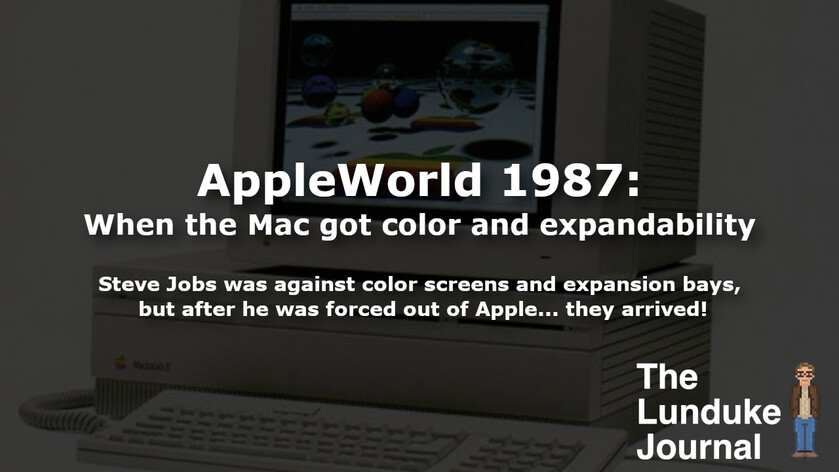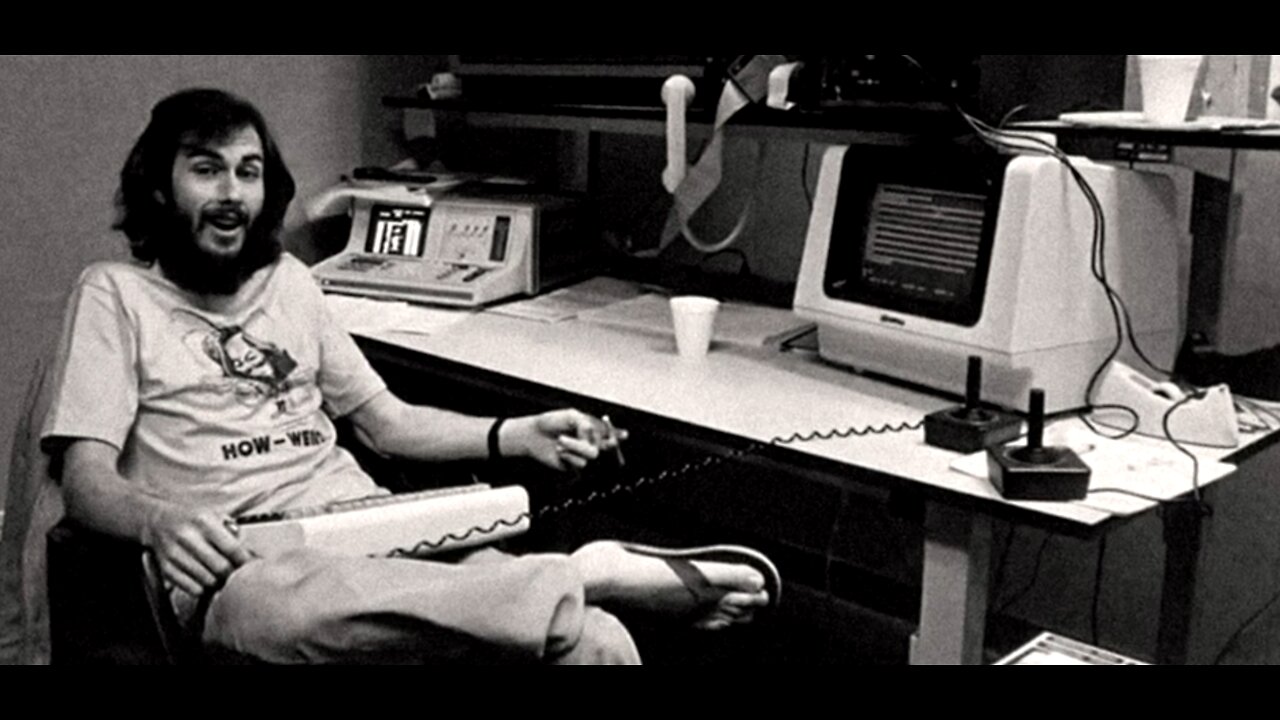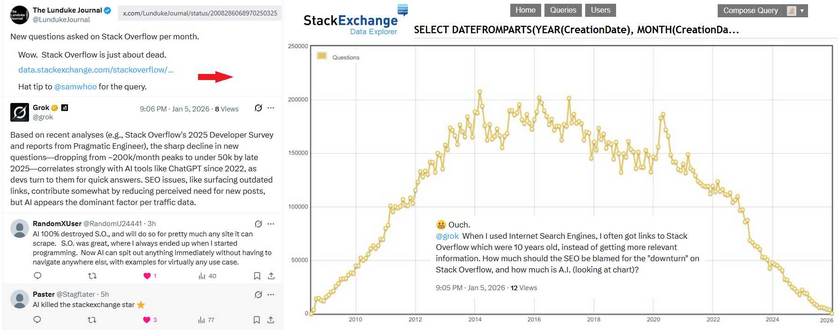In March of 1987, Apple held an event at the Universal Amphitheater in Los Angeles.
That event, “AppleWorld ‘87”, was where Apple announced two of the most critical Macintosh hardware updates in history: The Macintosh II and the Mac SE.
The Macintosh II, in particularly, was a big move for Apple. For multiple reasons:
The very first Macintosh without a built-in monitor.
The very first Macintosh capable of color graphics.
The first Macintosh (along with the SE) to use the ADB (Apple Desktop Bus) for connecting peripherals like keyboards. (ADB was first introduced 6 months earlier with the Apple IIgs.)
The first “modular” Macintosh — with multiple drive bays and six NuBus expansion slots (which could drive up to six monitors at once).
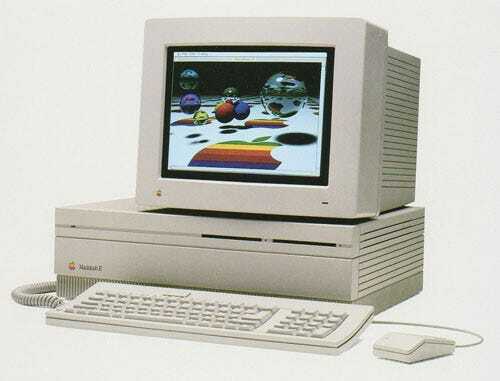
That’s a heck of a lot of firsts.
Fun historical tidbit: Steve Jobs was opposed to the Macintosh line having color displays. He felt that everything displayed on a Macintosh must be able to be printed on a standard printer (he was an avid believer in true WYSIWYG). And, since color printers were rare, Jobs was firmly opposed to a color display on a Macintosh.
Steve Jobs was also opposed to expansion slots, of any kind, in a Macintosh. Jobs felt strongly that the Macintosh should be a sealed box — not user serviceable or upgradeable — with no internal expandability, relying solely on serial ports for accessories.
To get around this… the Macintosh II project was started, in 1985, completely without Jobs’ knowledge. After Jobs was forced out of Apple, later that same year, the project became more prominent.
The next year, in 1988, Apple would announce the second operating system for the Macintosh II: A/UX.
A/UX, Apple’s first release of a UNIX based operating system, was absolutely fascinating. A full, multitasking UNIX — running on a Mac II — with Macintosh System Software running on top. Which means you could run both UNIX and Mac software, side by side, a full decade before the first release of Mac OS X (OS X Server 1.0, in 1999).
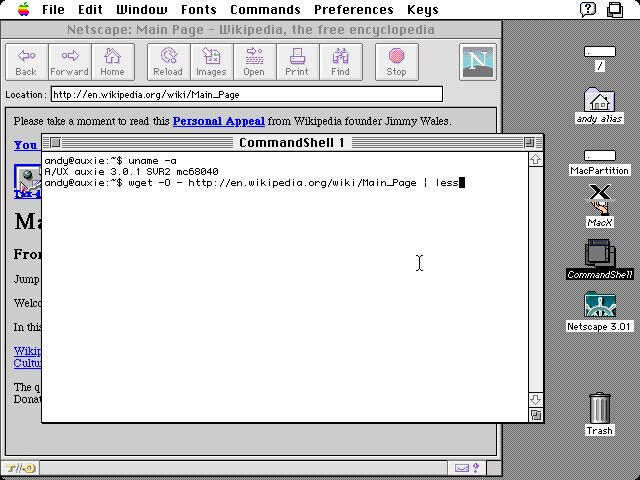
Want to know something even more crazy?
Not only could the Macintosh II run “Macintosh System Software” and “A/UX”… but there was also a NuBus expansion card called “Mac286” that added an entire 286 DOS computer to the Mac II.
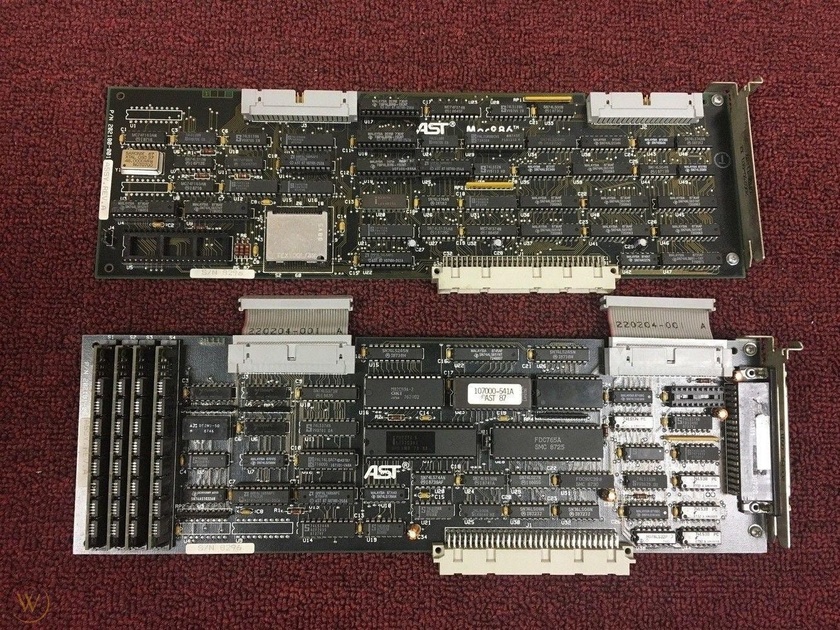
The Mac286 was two big NuBus cards, connected together with a ribbon cable. One card containing the 286 CPU, the second card containing the memory and drive controller. 1 MB of RAM, CGA display, and full access to the Macintosh hard drive (via a “D:” that provided access to the Mac hard drive).
Yeah. That’s right. Mac OS, UNIX, and DOS. All on the same rig. Awesome.
Ok. Back to AppleWorld 1987.
Below is the keynote from the event, with the new hardware being introduced by Jean-Louis Gassée — who was, at the time, a Vice President at Apple. I highly recommend watching this keynote in full. It is a gateway into a critical time in computer history.
One fun Jean-Louis Gassée tidbit:
During Memorial Day weekend of 1985, John Sculley (who was the CEO of Apple at the time), was in travelling China. Steve Jobs, who was feeling super grumpy at Sculley, hatched a plan to remove Sculley from the Company. Well, Jean-Louis Gassée, who was the Director of European Operations for Apple, found out about Steve Jobs’ dastardly plan. What did Gassée do? He told the board of Apple, who were not too pleased with Jobs (to put it mildly). This directly led to Steve Jobs getting the boot from Apple.
John Sculley then appointed Gassée to be the new head of Macintosh Development… Steve Jobs’ old role. Brutal, right?
During his time in the role, Gassée would introduce the Mac II, and create the Macintosh laptop line… starting with the Macintosh Portable. It could be argued that Gassée had a bigger impact on what the Macintosh would become… than even Jobs himself.
Gassée would later go on to found Be, inc., and create the legendary BeOS. The impact he has had on the broader computer industry is nothing short of astounding.
Fun side note: There was a period of time, during the late 1980s were Apple was producing four distinct operating Systems:
ProDOS for the Apple II line (including IIgs)
GS/OS for the Apple IIgs
Macintosh System Software (before it became known as Mac OS)
and A/UX (Apple’s UNIX version)
Four Operating Systems from Apple. Plus the ability to run DOS via an expansion card. And two completely different computer architectures -- both with similar, color graphical interface -- competing for survival (the Macintosh II and the Apple IIgs).
It was a crazy few years at Apple.
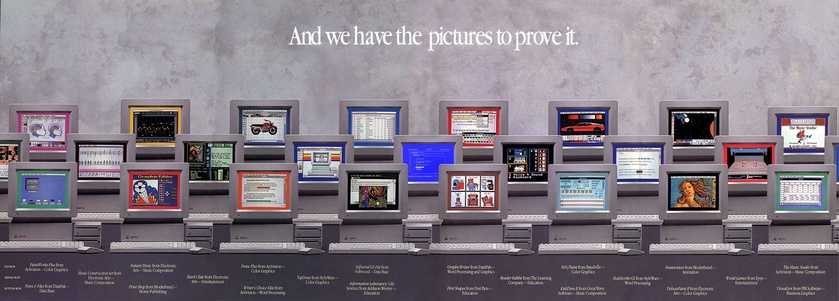
During that same time, Steve Jobs -- after getting the boot from Apple -- was off building NeXTStep… which would eventually get tweaked and renamed to MacOS X. (But that… is a different story.)
